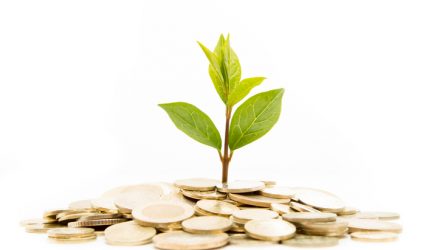“On the other hand, strategies focused on stocks that have grown their dividends consistently (but don’t always have the highest yields) may provide an all-weather dividend solution – one that has the potential to perform well regardless of the direction of rates,” according to ProShares.
In the upcoming rising rate environment as the Federal Reserve tightens its monetary policy and rolls back accommodative measures, income-minded investors will have to consider the potential negative effects of higher rates on their investments.
For example, when comparing the ProShares S&P 500 Aristocrats ETF (BATS: NOBL) underlying S&P 500 Dividend Aristocrats Index, which consists of companies that have consecutively raised dividends for at least 25 years, with the Dow Jones U.S. Select Dividend Index of high-dividend yielding stocks, ProShares found that dividend growers outperformed whether interest rates increased or decreased and have outperformed high dividend yielders for over a decade.
Looking at the average performance of dividend strategies based on monthly interest rate changes from the period May 2005 through March 2017, dividend growers gained an average 11.3% when rates increased and rose 10.5% when rates fell. In contrast, high dividend yielders returned 8.6% when rates rose and added 9.1% when rates fell. Over the full period, dividend growers averaged a 10.9% advance while high dividend yielders were up 8.8%.
“As investors consider dividend strategies, it’s important to note the difference between high dividend yield strategies and dividend growth strategies,” according to ProShares. “While the former may provide the higher income many investors crave, they tend to be sensitive to interest rate movements. The latter, on the other hand, offer all-weather potential, having performed well in a variety of interest rate environments.”
For more information on dividend-paying stocks, visit our dividend ETFs category.
